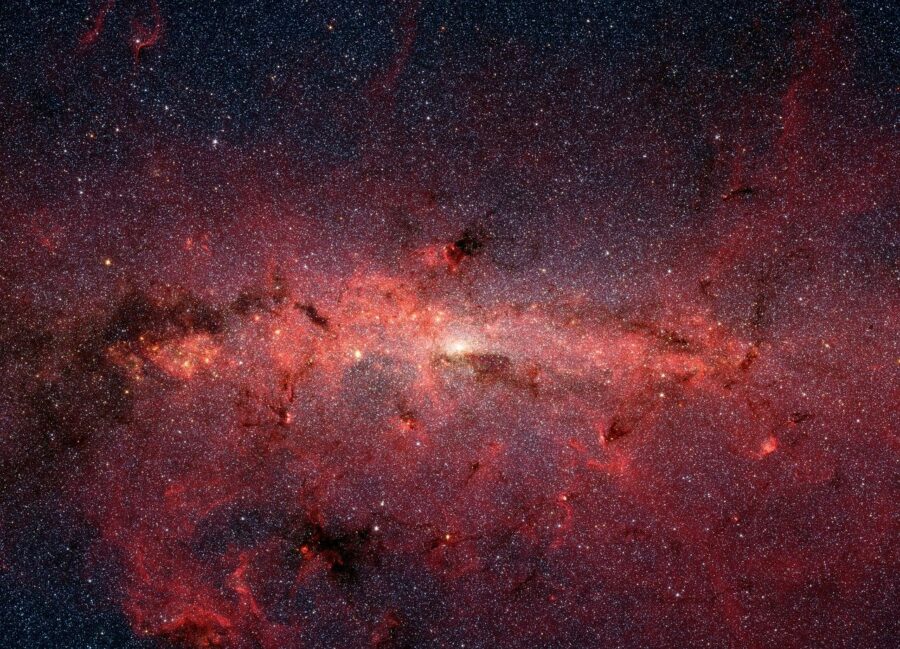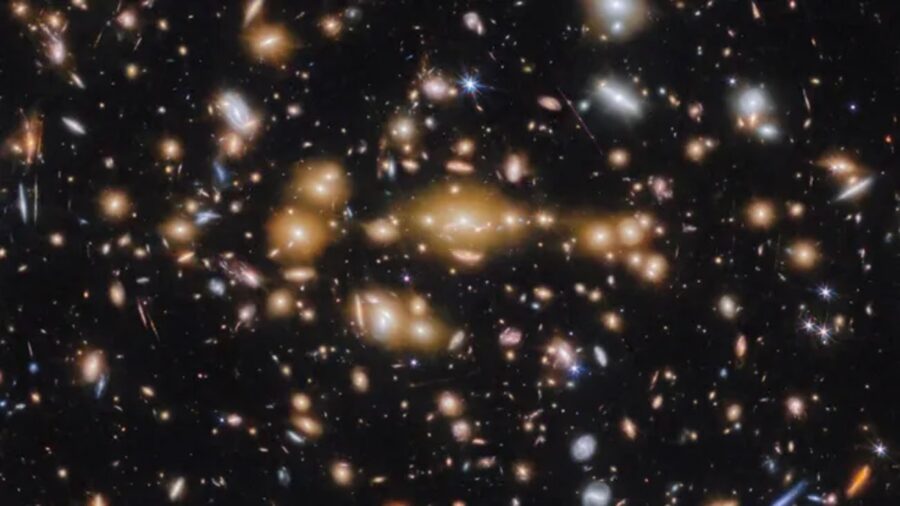Ancient Discovery Forces Scientists To Rethink Origin Of Universe

For quite some time, the consensus among astronomers has been that the earliest galaxies in the universe were chaotic and much less evolved than newer ones like our Milky Way. However, the observations noted for the REBELS-25 galaxy have challenged this theory, as it is seen spinning strongly and possessing spiral arms that are akin to more recent ones. Believed to have formed an estimated 700 million years after the Big Bang, this ancient galaxy has made some begin to question whether or not galaxies take billions of years to evolve into their current, organized states or if they can grow more rapidly.
The Birth Of A Galaxy

The observations were recorded by a research team of astronomers at Leiden University in the Netherlands. One team member, Jacqueline Hodge, revealed that most galaxies have had billions and billions of years to grow and develop their distinctive characteristics, like massive swirls and spiral arms.
Up until this recent discovery, it was believed that the earliest known formations of ancient galaxies were much more “messy and clumpy.” The oldest ones were thought to develop after they collided with other galaxies over the eons, slowly building the look of more “modern” galaxies.
Evidence Of Rapid Devlopment

Researcher Lucie Rowland (also of Leiden University) asserted that seeing REBELS-25’s similarities to the Milky Way could likely mean that the evolution of galaxies occurs much faster. Using the Atacama Large Millimeter/submillimeter Array (ALMA), a vast connection of dozens of radio telescopes in northern Chile, the research team at Leiden University first noted the quick rotation of REBELS-25 before using a higher resolution to get better precision.
Moving Closer And Away At The Same Time

The next go-round, this ancient galaxy showed the research team that it contained gasses that were moving toward the Earth as well as away from it. Known together as a phenomenon referred to as Blueshift and Redshift, the light sources from the gasses follow the electromagnetic spectrum, where blue and red sit on opposite sides.
The ALMA recorded blue light from REBELS-25, meaning that the gasses are moving toward the Earth, as well as a red light that indicated that it is also moving away from Earth during its spin.
Shifting Light

This particular ancient galaxy is being referred to by the research team at Leiden University as “record breaking” for its containment of Blueshift and Redshift, as well as the sheer force of its rotation. ALMA helped the team discover that this galaxy holds other surprises as well.
Unlike Other Early Galaxies

The accepted Big Bang Theory holds that the universe was brought into existence more than 13.8 billion years ago, spawning ancient galaxies that can be observed with specialized equipment. If the researchers are correct about REBELS-25’s age, its age doesn’t match the characteristics of galaxies that have been formed more recently.
This includes an observed “central bar” of stars that look as though it has the spiral arms of a galaxy like the Milky Way. Should this be an actual spiral arm, it would mean that REBELS-25 is both the most distant and the most ancient spiral galaxy ever observed.
Sources: European Southern Observatory












